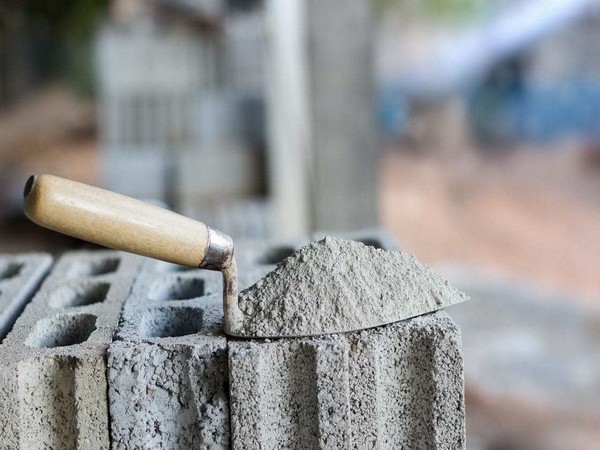India's Cement Demand Faces Slower Growth Amid Economic Shifts
Cement demand in India is projected to moderate to 7-8% growth, reaching 475 million tonnes in the current fiscal year. The slowdown follows higher growth rates from previous years. Despite challenges such as weather and labor, government infrastructure spending and housing demand are expected to support steady profitability.

- Country:
- India
India's cement demand is anticipated to grow by 7-8% this fiscal, totaling approximately 475 million tonnes, according to a recent CRISIL Ratings report. This signifies a deceleration from the 11% compound annual growth rate seen between fiscal years 2022 and 2024.
The first quarter experienced a modest 3% demand growth due to extreme heat and labor shortages related to general elections, with a similar trend forecast for the second quarter. Recovery is expected as rural housing demand revives, spurred by a favorable monsoon, contributing to the segment that represents over half of cement consumption.
Government infrastructure projects, accountable for 30% of cement use, could further boost demand. Though infrastructure spending was slow until July, a substantial increase in government capital expenditure is predicted for the second half, enhancing the momentum in construction projects.
Sehul Bhatt from CRISIL Market Intelligence noted that cement demand typically rebounds in the fiscal year's latter half, aligning with post-monsoon construction surges. With improved labor availability post-festive season and initiatives like the Pradhan Mantri Awas Yojana, cement demand is projected to increase 9-11% in the second half.
Cement prices fell by about 6% year-on-year in the first half, yet operating profitability is expected to stay stable due to lower power and fuel costs. Ankit Kedia from CRISIL Ratings highlighted the benefits of operating leverage, noting volume growth has kept pace with capacity expansion, maintaining high utilization rates.
Nevertheless, potential setbacks include downturns in construction or decreased infrastructure spending, which could adversely affect demand. Furthermore, commodity and energy price fluctuations, driven by geopolitical tensions, or challenges in raising cement prices, could impact profitability, the report warns.
(With inputs from agencies.)










